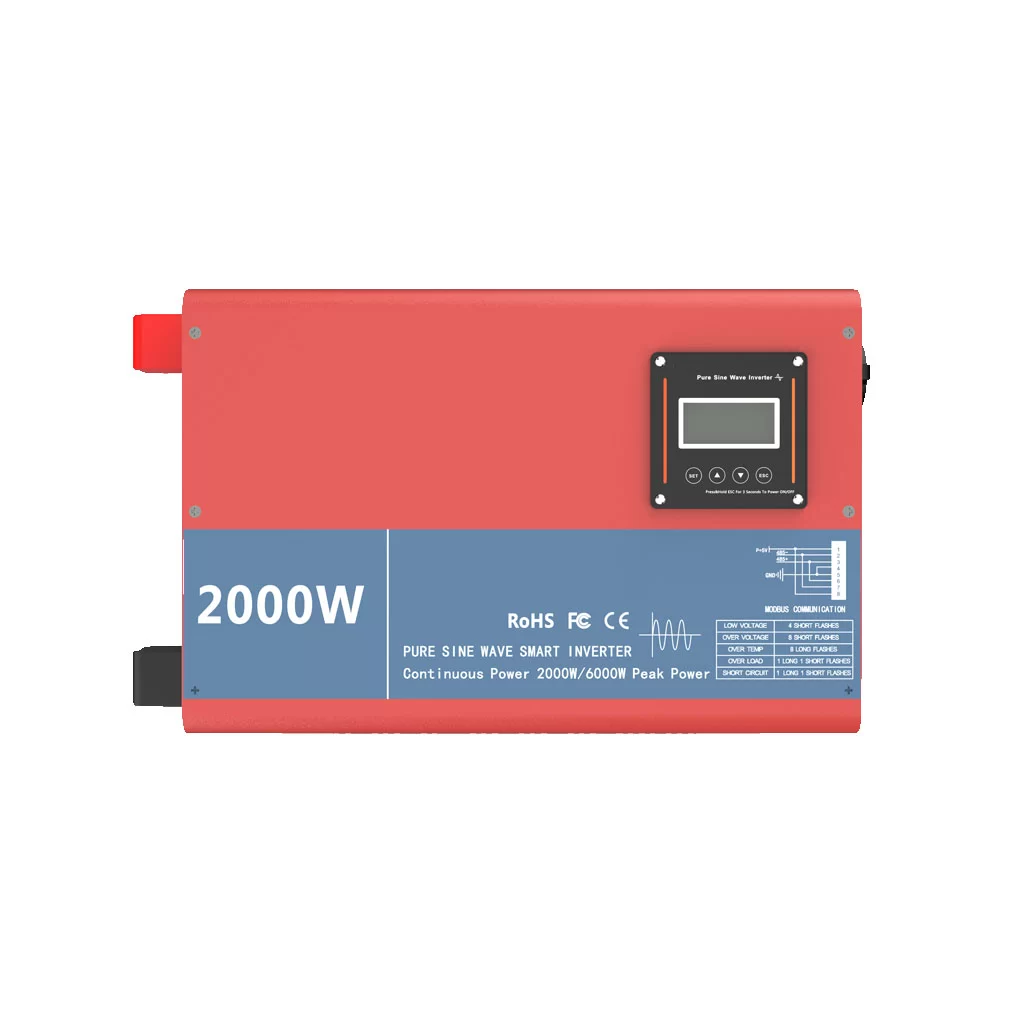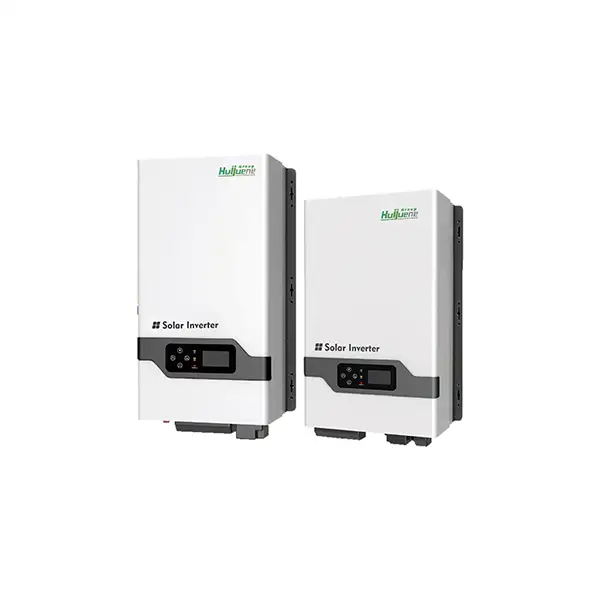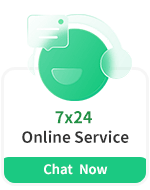Get A Quote Now!
Can You Connect Solar Panels Directly to a Battery?
It sounds simple, in theory: just plug the solar panel into the battery and voilà! Let the sun do its thing. But while the thought might be alluring to those who are just starting out with solar experimentation and off-grid setups, reality is much more involved. A solar panel receives its power in a manner that a battery cannot handle safely without the controller regulating the flow. Understanding why is important if you’re going to try building a small DIY system, upgrading your RV setup, or designing a larger solar storage solution.
Most solar energy systems are considered pretty straightforward to use; however, small details, like voltage mismatch or uncontrolled charging, can easily cause damage to the batteries. So, can you connect a solar panel directly to a battery, and what happens if you do?
Let’s walk through what actually happens inside of your system, what’s safe, and what’s the optimal way to set it up.
Why Directly Connecting a Solar Panel to a Battery Is Risky
A solar panel produces variable voltage depending on the sunlight’s strength. On a bright day, a typical 12V panel can easily output 18-22V. A battery, however, has a strict charging voltage range. When voltage is too high, the battery heats up, loses capacity, and ages far faster than normal.
Immediately following any explanation of risks, it is useful to examine one real example. In 2023, an owner of a small cabin in Oregon directly connected a 200W panel to a lead-acid battery in order to “speed up charging.” Over the course of two days, the battery overheated and vented, requiring them to replace it and redesign the entire system. This kind of scenario occurs often because these risks are not intuitively obvious.
In short: a solar panel without control does produce unstable conditions of charging. That’s where a charge controller becomes necessary.
What a Charge Controller Actually Does
A charge controller sits between your solar panel and the battery to manage voltage and current. It prevents overcharging, undercharging, and reverse current during nighttime.
Controllers generally fall into two categories:
- PWM (Pulse Width Modulation)– simpler and more cost-effective, often used for small systems.
- MPPT (Maximum Power Point Tracking)-more advanced and efficient, particularly for big or high-voltage systems.
According to the National Renewable Energy Laboratory (NREL), MPPT controllers increase overall solar system efficiency by adjusting panel output to its optimal operating point.This method ensures batteries receive stable, safe charging power, even when sunlight fluctuates.
What happens if you connect a solar panel directly to a battery?
Here’s a practical overview:
- Overcharging
Without regulation, the battery keeps receiving power even when it’s already full. Lead-acid batteries could leak, swell, or vent. Lithium batteries may enter a protection mode but still be damaged in the long term.
- Unstable Voltage Flow
One moment you might have only 8V on a cloudy morning, and ten minutes later 20V under bright sun. Batteries aren’t designed to manage such rapid changes.
- More Heat
One of the fastest ways to cause battery lifetimes to shorten is overheating.
- Nighttime Reverse Current
Solar panels can drain the battery at sunset if there is no controller to block reverse flow.
- Decreased Overall Life Span
Even if the battery doesn’t immediately fail, unregulated charging drastically reduces cycle life.
The only case where direct connection is sort of acceptable is very small trickle charging—say, a 1–5W maintenance panel for keeping a car battery topped up. Even then, many manufacturers recommend a blocking diode or tiny controller.
Suggested Safe Configuration for Solar Panel to Battery Connections
The safest and most efficient setup is:
Solar Panel → Charge Controller → Battery
This configuration ensures:
- Stable voltage
- Safe current levels
- Longer battery life.
- Improved overall charging efficiency
- Protection against nighttime discharge
Following is a simple comparison table that outlines major differences between a direct connection and a controller-based connection.
Comparison Table: Direct Connection versus Charge Controller Setup
Setup Type | Advantages | Risks | Suitable For |
Direct Connection (Panel → Battery) | Simple wiring | Overcharging, overheating, reverse current, reduced battery life | Only small trickle panels (1–5W) |
PWM Controller Setup | Affordable, effective for small systems | Less efficient with larger arrays | Small off-grid systems, RVs, lighting |
MPPT Controller Setup | Highest efficiency, protects battery, adapts to sunlight changes | Higher price | Larger systems, lithium batteries, variable weather regions |
Choosing the Right Components
Solar Panel
Check the voltage rating of a panel. A “12V” panel is never actually 12V; it often outputs 18V+ in real conditions. That’s why regulation is non-negotiable.
Charge Controller
Match the controller’s voltage and current rating to the panel. Example: a 100W panel at 18V needs a controller that handles at least 6A.
Battery Type
Different batteries behave differently:
- Lead-acid:very sensitive to overcharging
- AGM:more stable but still require controlled charging
- LiFePO₄:great protection systems but still require voltage regulation for long-term health
In 2022, a mobile energy startup in Spain deployed a solar storage trailer using LiFePO₄ batteries paired only with MPPT controllers to prevent overheating during summer temperatures. They showed improved performance and a longer lifespan for the batteries compared to earlier lead-acid setups.
Can you ever charge a battery without a controller?
Technically, yes-under strict conditions:
- It has to be an extremely low power solar panel, 1–
- The battery must be large enough so that it cannot be overcharged easily.
- A blocking diode is strongly recommended.
But for anything involving real energy use—solar containers, off-grid cabins, RVs, telecom systems, backup power, or mobile solar solutions—a controller is absolutely necessary.
Even small 20-30W panels can damage a 12V battery if left directly connected for hours under strong sunlight.
Voltage and Current Mismatch in Simple Terms
It may help to think of a solar panel like a faucet and a battery like a water tank. If you open the faucet fully with no control, the tank can overflow. A charge controller is the valve that regulates flow.
Panels produce more “pressure” than the battery needs. If left unregulated, that pressure pushes too much current into the battery, creating heat and stress.
That stress leads to:
- Loss of storage capacity
- Shortened lifespan
- Higher risk of failure
Thus, while connecting directly seems easy, the long-term consequences seldom justify it.
Why Proper Charging Protects Your System Investment
A battery is usually the costliest component of a small solar system. It defeats the purpose of using solar energy to save costs if the battery needs to be replaced too often.
By adding a charge controller:
- Your battery lasts longer.
- Charging turns out to be more efficient.
- Safety improves
- You reduce maintenance
It is a small investment with a large impact.
Conclusion: Is It Possible to Directly Connect a Solar Panel to a Battery?
The simple answer is you can, but you shouldn’t—not at least for any system designed to power real devices. A direct connection causes voltage instability, heat buildup, overcharging, and early battery failure.
A charge controller regulates smooth, safe, and efficient charging. Whether you’re powering a small RV setup or designing a solar container system, building it the right way protects your investment and keeps everything working reliably.
If you are interested in how solar charging systems are designed for different applications, feel free to check our photovoltaic panel Solutions.






